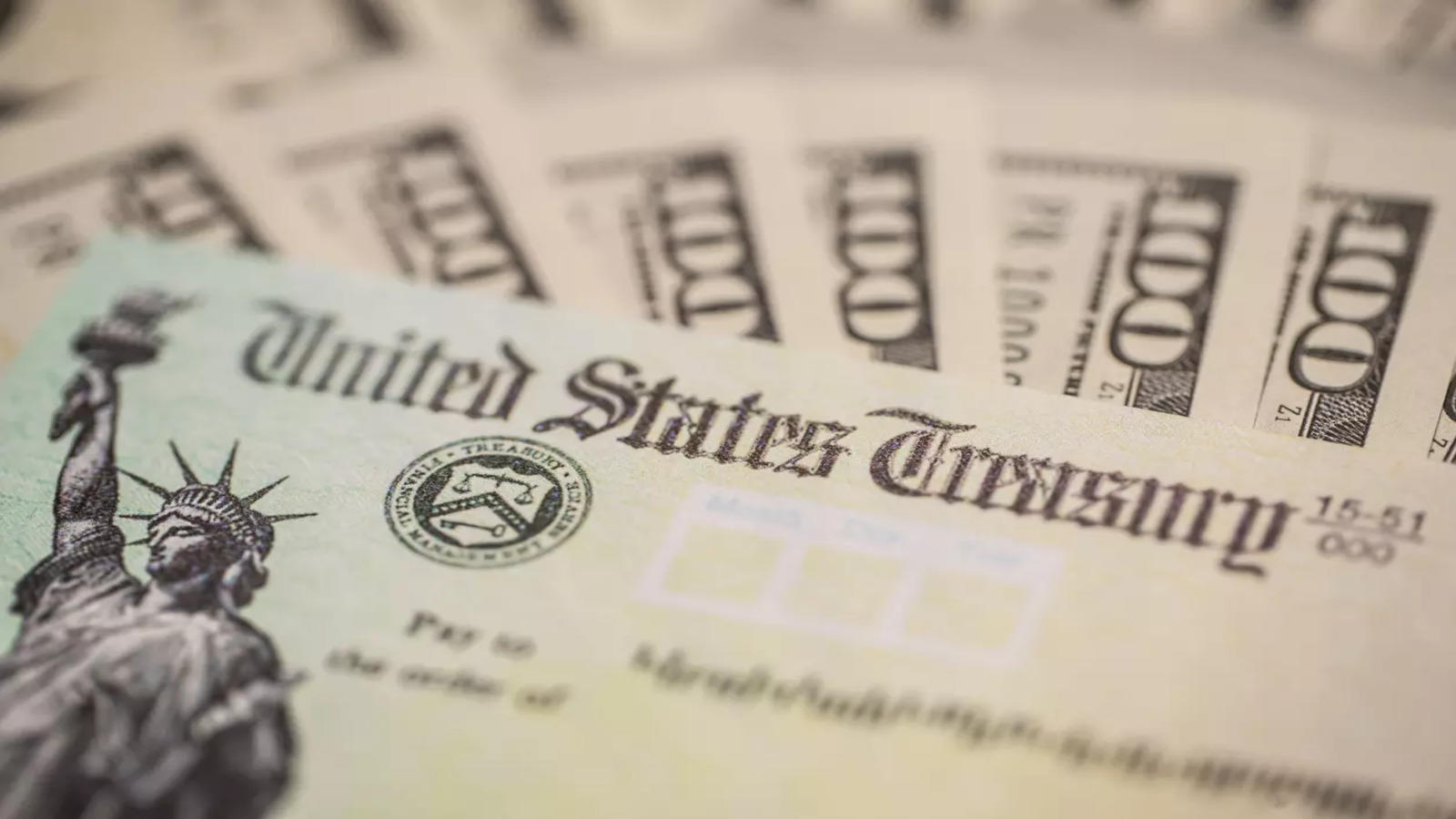Inflation remained a top concern for policymakers in September as consumer prices increased at a slightly faster-than-anticipated rate for a variety of goods and services.
According to a recently released Labor Department report, the consumer price index increased 0.4% from the previous month and 3.7% from the previous year. The corresponding Dow Jones estimates were 0.3% and 3.6%, respectively. August saw a 0.6% increase in headline inflation.
The so-called core CPI, which excludes volatile food and energy prices, rose 0.3% on the month and 4.1% over the past year, exactly in line with expectations. Policymakers give the core numbers more importance because they are more accurate indicators of long-term trends. In August, core inflation rose 0.3%, bringing its annual rate of growth to 4.3%.
Costs associated with housing were the primary driver of inflation, in line with recent trends. The housing index, which accounts for about a third of the CPI’s weighting, increased by 0.6% in the month and 7.2% from a year ago. According to the Labor Department, housing contributed more than half of the monthly increase in the CPI.
Food prices increased 0.2% for the third consecutive month, and energy costs increased 1.5%, including increases in gasoline prices of 2.1% and fuel oil prices of 8.5%. Food costs increased by 3.7% over the course of a year; including a 6% increase for food consumed away from home, while energy costs decreased by 0.5%.
Services prices also saw a 0.6% increase, excluding energy services, and were up 5.7% over the previous year. New car prices increased by 0.3%, while used car prices decreased by 2.5%. Used car prices were down 8% from a year ago.
Other significant CPI components that saw declines included apparel (-0.8%) and medical care supplies (-0.3%). Medical care services saw a 0.3% monthly increase but a 2.6% annual decline.
The report garnered little response from the markets. While Treasury yields rose from their previous lows and longer-term notes showed little change, stocks initially increased.
Employee wages actually decreased because of the CPI increase.
The difference between the inflation rate and the 0.2% increase in nominal earnings resulted in a 0.2% monthly decline in real average hourly earnings, according to a separate report from the Labor Department. Earnings increased annually by 0.5%.
According to Robert Frick, corporate economist at Navy Federal Credit Union, “Just because the rate of inflation is stable for the time being doesn’t mean its weight isn’t increasing every month on family budgets. It is especially painful that the cost of food and shelter has risen so rapidly.”
The Labor Department reported that initial jobless claims on Thursday totaled 209,000, which was slightly below the 210,000 estimate and unchanged from the previous week.
Officials of the Federal Reserve are deliberating their upcoming policy decisions as per the CPI report.
Divisions within the Federal Open Market Committee, which sets interest rates, were clear in the Fed’s September meeting minutes, which were made public on Wednesday. The committee decided against raising interest rates as the meeting came to a close, but the summary revealed that inflation concerns and concerns about potential upside risks persisted.
However, since that time, Treasury yields have increased sharply, at one point reaching 16-year highs.
The increases may eliminate the need for further policy tightening, according to multiple Fed officials, and there is a very slim chance that the central bank will vote to raise rates before the end of the year. Market estimates also suggest that the Fed will reduce its benchmark borrowing rate by about 0.75 percentage points before the end of 2024.
The direction of inflation, however, has been the subject of conflicting news in recent days.
According to Labor Department data released on Wednesday, wholesale prices increased by 0.5% in September, raising the 12-month rate to 2.2%, the highest level since April and higher than the Federal Reserve’s target rate of 2%.





